Naboisho - Coming Together
In Maa, the language of the Maasai, Naboisho means “coming together”. 500 landowners came together to reach a shared agreement on how best to use their land, not only for themselves, but for the benefit of their shared culture and the natural resources of the environment.
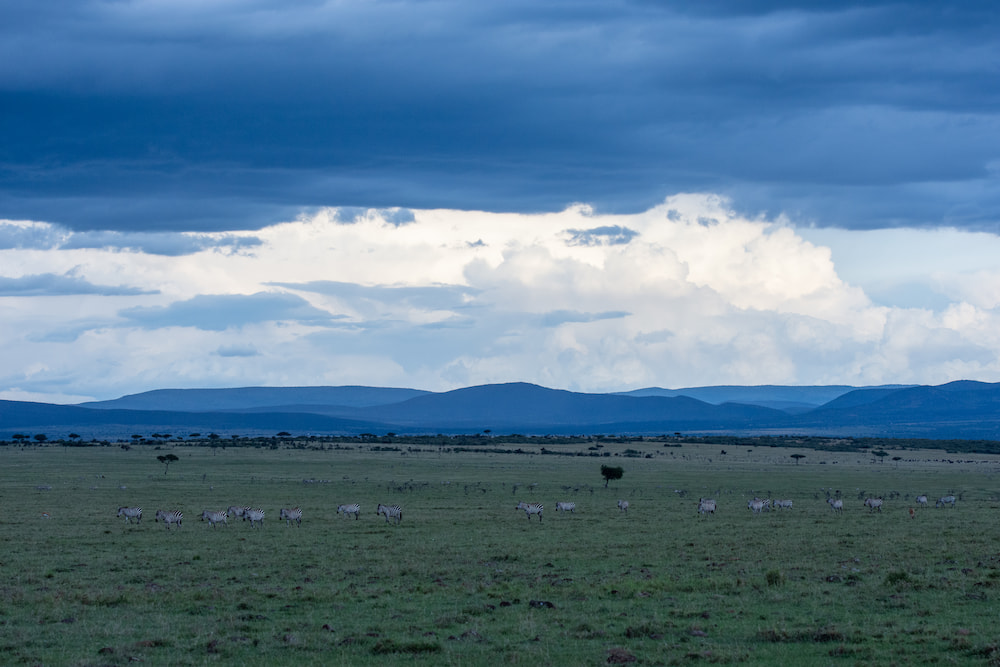
The open plains of the Naboisho Conservancy beneath a dramatic sky of gathering clouds.
The Mara Conservancies
Before the formation of the first Mara Conservancy in 2006, the sprawling lands bordering the Masai Mara National Reserve were communally owned by the Koiyaki-Lemek Group Ranch, covering over 138’000 hectares of open wilderness. In the late 1990’s, the privatisation of land was becoming a problem as parcels of land were sold for short term economic benefit. This sub-division of the group ranches led to the deterioration of traditional pastoralist lifestyles and restricted grazing, resulting in overgrazing, a loss of income and a decline towards poverty for many Maasai communities. Maasai landowners and conservation-focussed tourism partners began to recognise the need for cultures and incomes to be protected, alongside the protection of natural wilderness areas. The concept of conservancies and long land-lease agreements came to the forefront, and the Mara Conservancies began to take shape.
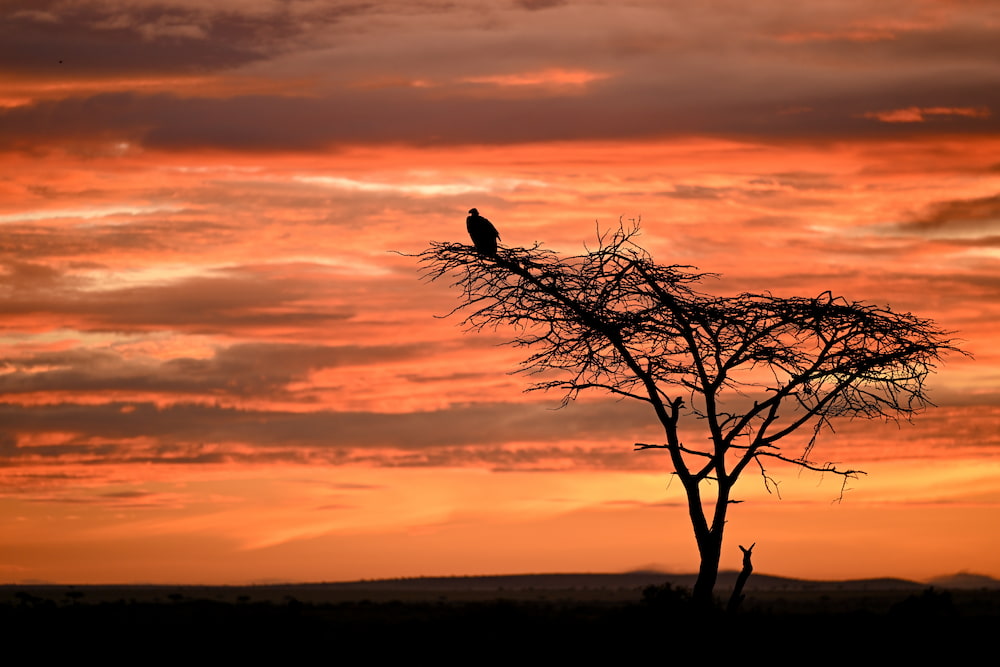
Sunrise across the Naboisho Conservancy, arguably the best time of day for a game drive.
Mara Naboisho Conservancy
Prior to the formation of the Mara Naboisho Conservancy, the area was being used for intensive herding and was subjected to overgrazing. Various additional activities like camping, wildlife-viewing and off-road driving had resulted in far too many tracks and trails across the landscape, alongside invasive weeds and garbage, with associated disturbance to the soil, vegetation and wildlife. In 2010, approximately 500 landowners came together in agreement for the formation of a conservancy, approaching the original tourism partners to enter into a formal and structured agreement. Together, a plan was mapped out for the conservancy, with core objectives to conserve the biological resources and heritage of the conservancy area, promote tourism, and drive wealth creation and community development for the landowners. The creation of the conservancy provided the opportunity to demonstrate how responsible tourism can benefit both people and environment, creating sustainable destinations through the mechanism of tourism.
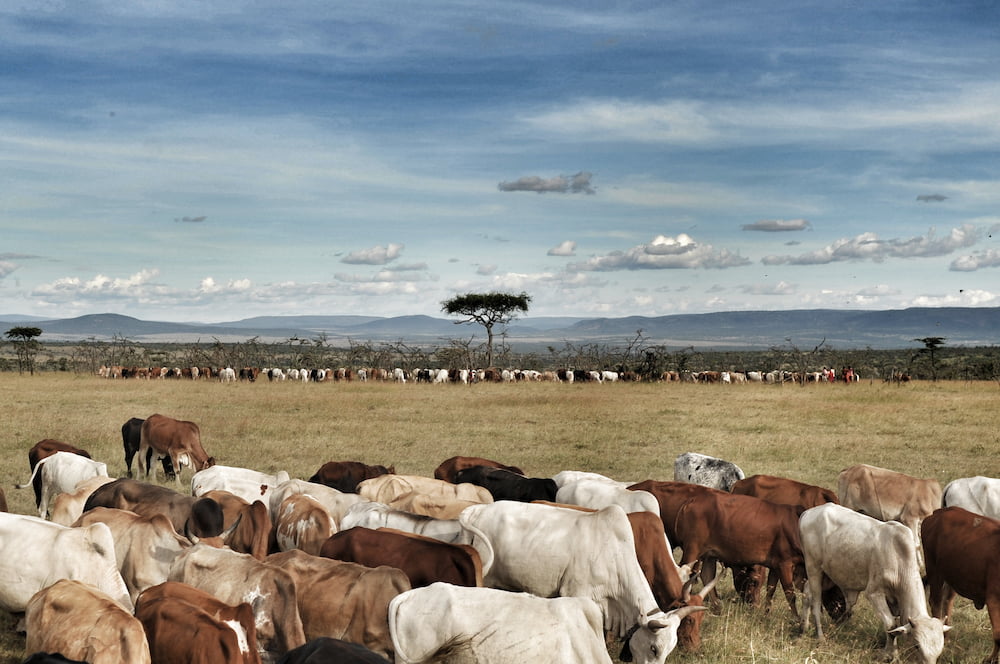
The creation of zones within the conservancy addressed overgrazing and created the space for wildlife to return.
Implementing change
Despite the conservancy sharing an unfenced border with the Mara Reserve, resident wildlife in the conservancy was not strong as there were many small communities dotted throughout the conservancy, and an abundance of cattle created high competition for decent grazing. In order to allow the recovery of the conservancy, “zones” were demarcated for specific use. Cattle were moved into a designated zone, grazing in blocks on a rotational basis to prevent overgrazing. Smaller settlements relocated into existing and established community settlement zones where infrastructure could be improved and shared in the years to come. And conservation and tourism development zones were mapped out with potential sites for future investors. Almost as soon as the cattle and human impact was removed from the areas closest to the Mara Reserve, the wildlife began to wander into the conservancy. Plains game were attracted by the recovering grass lands, elephants were attracted to the now significantly quieter water sources, and predators looked to expand their territories. The initial recovery of the land was off to a very strong start.
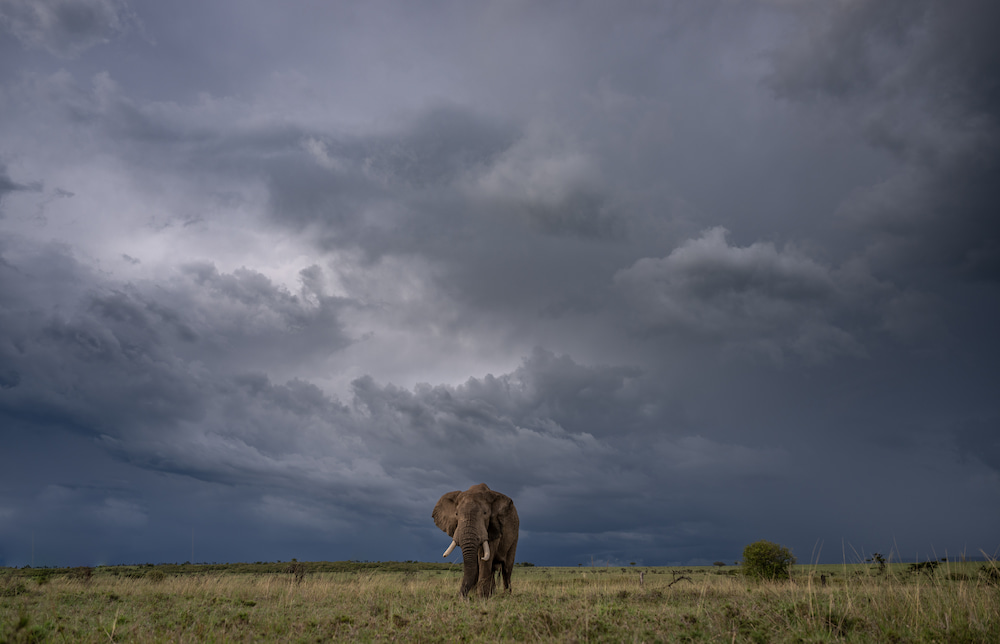
Wildlife has flooded into the sanctuary of the Naboisho Conservancy, offering both density and variety to game viewing.
The experience
Today, the Mara Naboisho Conservancy is flourishing. The conservancy is rich in wildlife, boasting high concentrations of lion, alongside cheetah, resident leopard, large herds of elephant, giraffe, buffalo and a variety of plains game. One of the key differentiating factors between game viewing in the Mara Reserve compared to the Naboisho Conservancy, is the code of conduct safari guides are expected to adhere to. There are rules in place governing how many vehicles may be present at a sighting and a minimum distance that must be kept from the wildlife, all implemented to prevent wildlife from feeling harassed and to ensure a high-quality game viewing experience. There are activities available in the conservancy that cannot be enjoyed inside of the national reserve, such as walking safaris and night game drives. Setting out into the wilderness on foot allows for an entirely different viewpoint of the surroundings as your focus shifts to the smaller details and ecosystems frequently overlooked from the height of a vehicle. Similarly, night game drives offer a glimpse into the nocturnal world with the opportunity to spot some of the creatures not usually encountered during the day. Sitting in the complete darkness of the Naboisho Conservancy, with the engine and lights off and only the stars for guidance, the sounds of the night come to the forefront to astound your senses.
“The conservancy is private, so the guides are very respectful of the wildlife and make sure they do not encroach on their activities. Such an amazing variety of wildlife and the most amazing birds.” Guest, October 2022, TripAdvisor
A positive impact
While the conservancy easily rivals the Masai Mara for quality of game viewing and variety of experience, it is the impact of the conservancy that really sets the experience apart. The safari camps in the conservancy employ many members from the surrounding community, generating an income that reaches far beyond the primary bread winner. The development of tourism has created an awareness within the communities, an understanding that the wildlife and landscape are intrinsically linked to the sustainable income being generated, and the importance of its protection for future generations. Instances of human-wildlife conflict will always occur when land is shared, but revenge killings are now few and far between. Additional initiatives have taken root in surrounding communities, further utilising the tourism mechanism to generate an income to households where there was previously none. Intricate Maasai beadwork is created and sold to the camps both for daily use and for sale through camp shops. Beekeeping projects are producing pure organic honey, sold to camps for use on their breakfast tables. These initiatives diversify income streams, reduce dependence on agriculture, and improve land use. All the while, landowners are being paid an annual rental fee for the land by the tourism partners, further cementing the necessity within the community to protect and nurture the natural resource their conservancy offers.
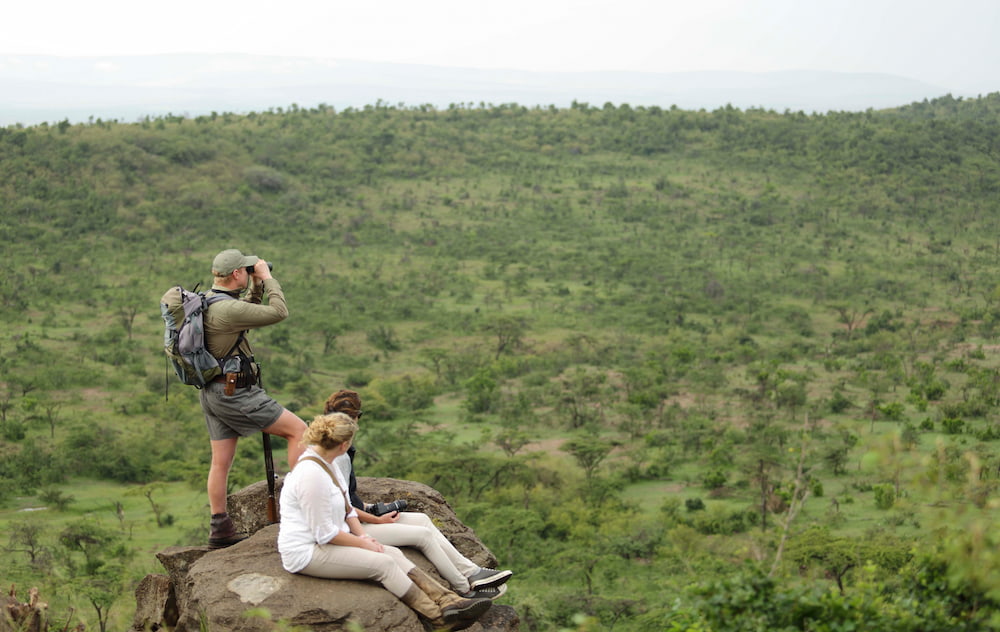
The Naboisho Conservancy offers spectacular landscape for walking safaris, allowing for a complete change of perspective.
The development of the Mara Naboisho Conservancy, the process of its creation and its subsequent road to not only recovery, but to becoming a shining example of how tourism, community development and conservation can and should work together, is a story that needs to be experienced to be understood. Experiencing the different approach to game viewing, interacting with local communities, and witnessing the developments that have improved their quality of life as a result of the conservancy are the tangible experiences that will create the lasting connection to this very special corner of East Africa.
More Destinations Articles

What’s the difference? National Parks, Game Reserves, and Conservancies in East Africa
02 February 2020To most of us, a national park, game reserve, or conservancy are all the same...

7 Of Our Favourite Things About Lake Manyara National Park
04 December 2019Lake Manyara National Park is located in Tanzania's Arusha and Manyara region...

Naboisho: Home To The Mara’s Newest Pool
28 November 2019Naboisho is now home to the Mara Naboisho Conservancy’s newest pool. During t...

Guest Gallery: The Serengeti At Its Best
27 November 2019We recently had the pleasure of welcoming guests, Chris and Monique Fallows t...





